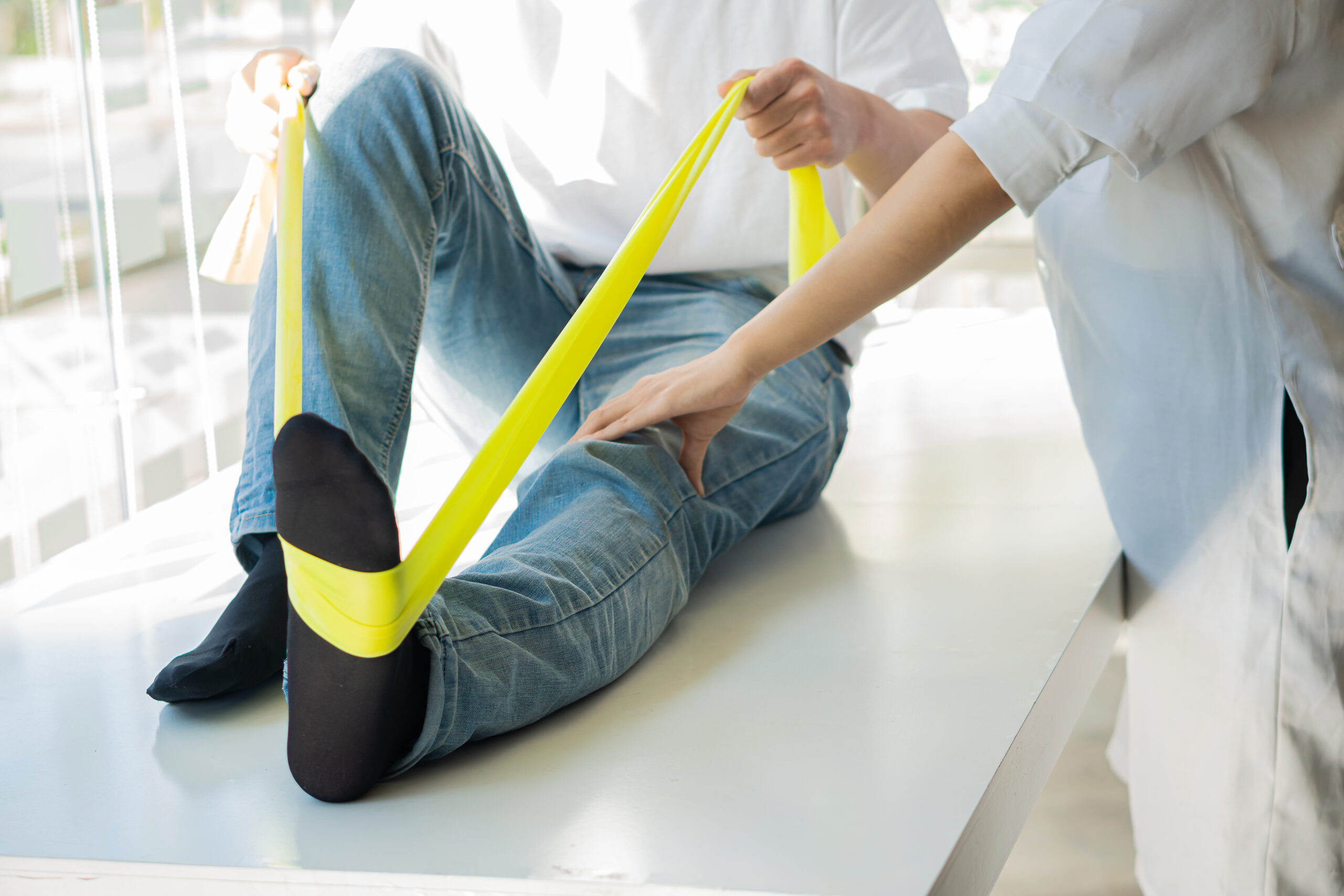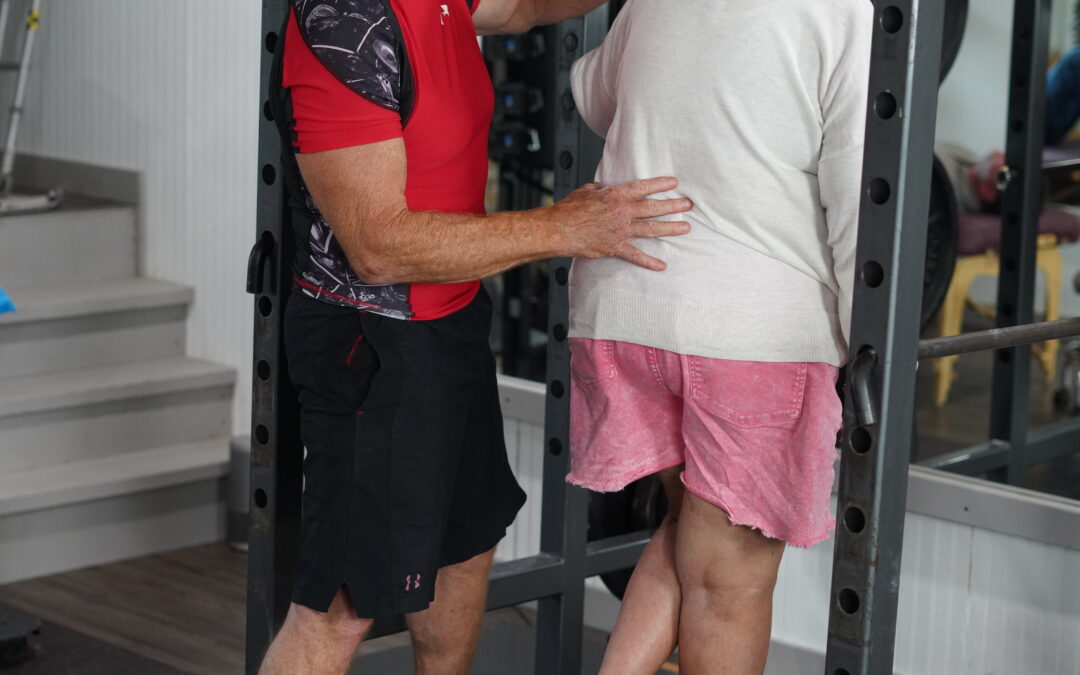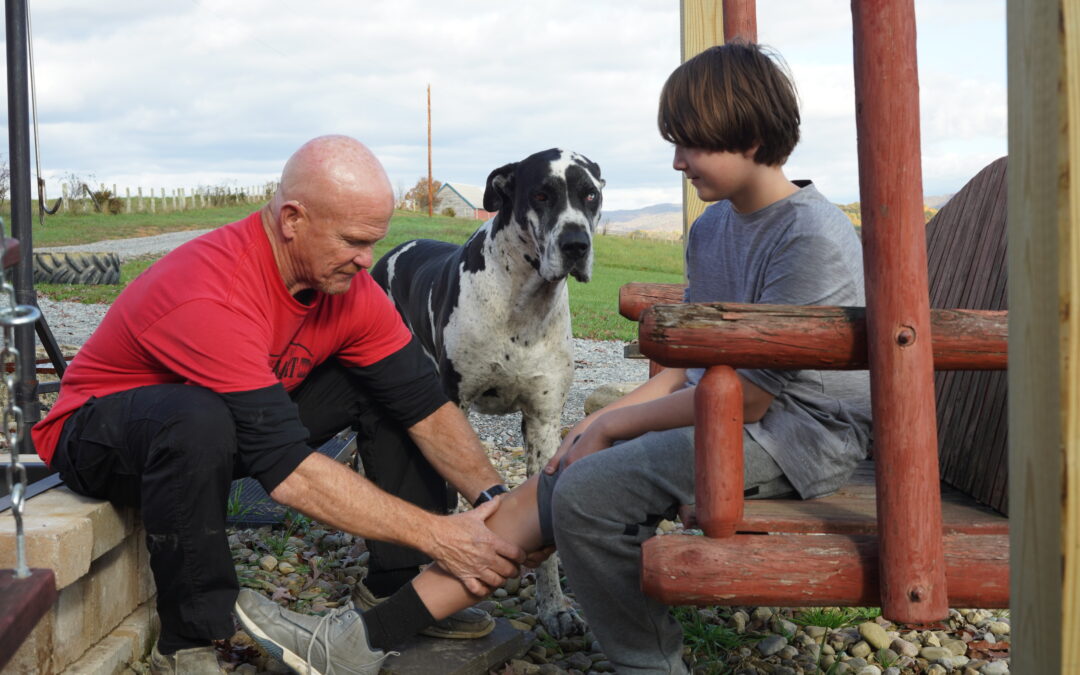I’m not a gambler, but I’m willing to bet my best friend’s paycheck that a large percentage of us have sprained an ankle at some point in our lives.
I would also guess that many of us just limped around for a few days and went on with life. We may have initially had so much pain that we suspected our ankle might be broken. Maybe we went to the doctor and got an x-ray to confirm there was no break.
Then, with the diagnosis that it was “just a sprain,” we may have been told to “stay off it for a few days, ice it, use crutches, and you should be fine.”
What (Exactly) Is an Ankle Sprain?
Most ankle sprains are lateral inversion sprains, which simply means rolling the foot/ankle to the outside. This is among the most common injuries in basketball, football, and soccer.
Often the athlete runs, plants, and cuts from one direction to the other. As the body’s forces are going in one direction, the foot tries to stop the body’s movement and force it to go in the other direction.
When the ligaments, muscles, and tendons of the lower leg cannot stop the body’s motion, the force often causes the ligaments or tendons in the ankle to stretch or tear.
Similar ankle injuries can occur when an athlete jumps in the air and lands in an awkward position, or quite often, on another player’s foot. Another cause is stepping awkwardly on a slightly uneven surface, such as a rock, the curb, or the berm of a road.
Regardless of the cause, the result is immediate pain, sometimes accompanied by a “pop.” The pain can be so severe that the person collapses to the ground.
The Shortcomings of Common Treatments
The most-prescribed treatment for an ankle sprain is RICE (rest, ice, compression, and elevation) and perhaps using crutches to avoid putting weight on the sprained ankle. Immobilization may be prescribed if a fracture is suspected. With RICE, the swelling usually subsides, and the ankle starts feeling better quickly.
The ankle might feel better, and the individual (especially a hard-charging athlete or worker) might feel like they’re ready to get back in the game or back to work. But at the microscopic level, the damaged tissue hasn’t healed.
What can’t be seen with the naked eye are the ligaments and tendons that have been stretched. These tissues contain proprioceptors, which send information back to the brain, telling it where the body is in space and where the foot or ankle is in relation to other body parts—pretty important information!
How Physical Therapy Can Help Heal Ankle Sprains
Physical therapy may be prescribed by a doctor, or the patient can go directly to the PT (if their insurance allows it). The PT treatment often includes electrical stimulation, ice, and compression. It can also include introducing a gentle range of motion (ROM).
Soon afterward, light strengthening exercises are introduced into the treatment regimen. Quite often the primary strengthening exercises are done with bands or tubing. These exercises usually include “dorsiflexion,” pulling the foot/toes toward the knee, “plantar flexion,” pointing the ankle and toes away from the body, and “eversion,” pulling the outside of the foot toward the outside of the knee.
These exercises can be painful at first, but the therapist will help the patient work through the pain by progressing according to pain levels and tolerance.
It’s important to remember, however, that the patient feels better before the tissue is healed. As a result, the patient may decide at that point to stop treatment and return to prior activities.
Unfortunately, many times the result is that the patient, because they have, in effect, under-rehabbed the ankle, reinjures it in the same direction—usually much easier than they did the first time.
The Right and Wrong Way to Prevent Ankle Sprains
As a certified athletic trainer and licensed PT, I learned much of what I know about ankle sprains and their treatment in the classroom and from books. But I’ve also learned a great deal from my own experience.
In my teens, twenties, and thirties, I sprained my right ankle countless times, on the field, on the court, and in military training. Looking back, I didn’t take the time to properly train my oft-injured ankle. I did the tubing exercises and the proprioception/balance exercises of standing on one leg. But for nearly a decade I was guilty of “skipping leg day.”
Oh sure, I did do the typical machine exercises—seated knee extension, prone knee flexion, leg press, a few squats. But these were single-joint leg exercises that didn’t train my legs for the way they were made to function.
Instead, I should have been doing lunges, deadlifts, single-leg squats, step-ups—exercises that require muscles around several joints (hip, knee, and ankle) to work together.
And I paid for doing the wrong thing. I would train hard for events to get my body in near-peak condition, but because I didn’t properly strengthen my ankle, I would sprain it and be sidelined. It happened repeatedly—until I started to train my ankle with the correct exercises.
I’m grateful to say, I’ve not re-injured my ankle in several years. Many times, I’ve stepped on uneven surfaces (a rock, another person’s foot, etc.), and while I often felt like my ankle was going to roll, my body was able to catch itself before an injury resulted.
I suggest trying to incorporate functional leg exercises into your routine to both strengthen your ankles and prevent sprains. A certified athletic trainer or licensed physical therapist can show you how to do these exercises correctly.
Have an Ankle Sprain and Need Help?
If you have recently injured your ankle or don’t know how to begin a program, contact us at WELLSMART Rehab & Fitness by calling 304- 476-WELL, or by sending us a message.





